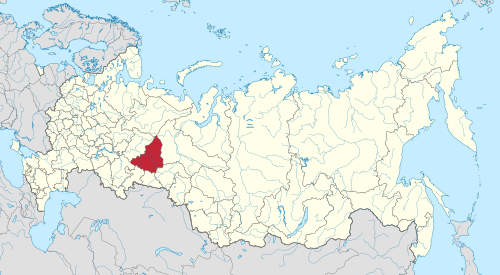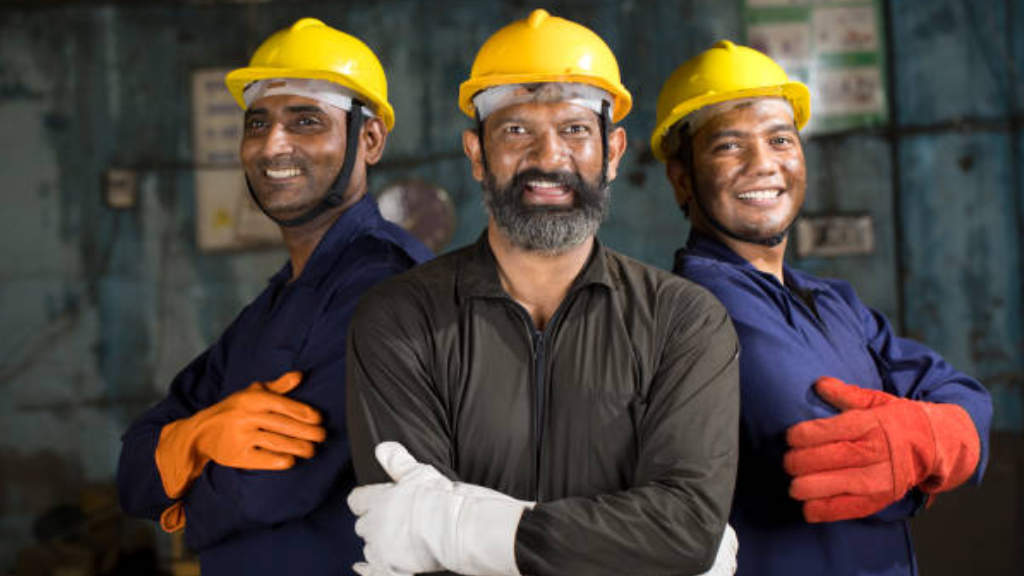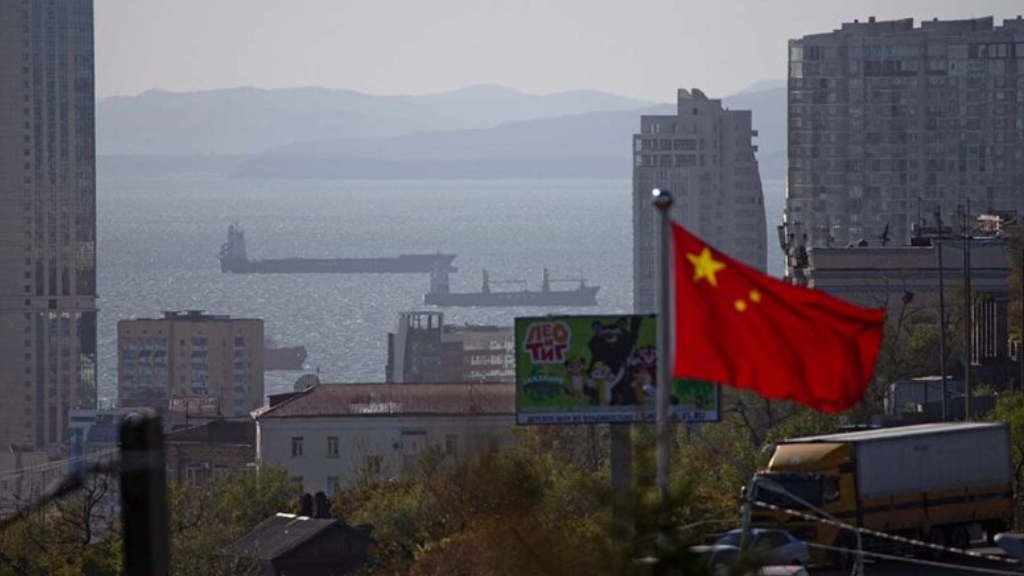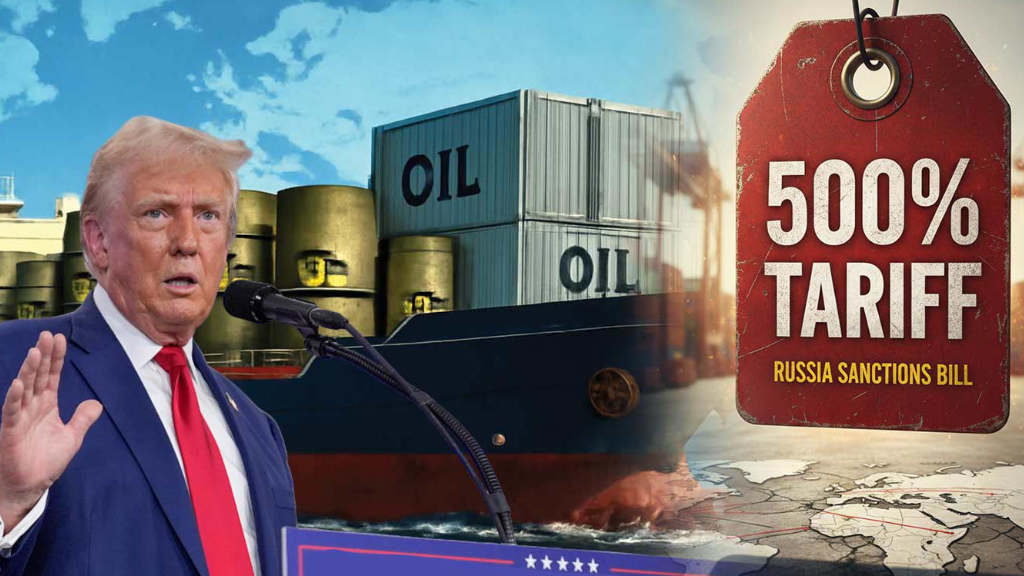Update: Following Ural Chamber of Commerce and Industry (UCCI) President Andrey Besedin remarks concerning the immigration of up to 1 million Indian workers to Russia this year, Russia’s Labor Ministry has denied that such plans are in place, saying that the Federal government’s quotas for foreign workers have already been set. In 2025, just under 235,000 migrants can enter Russia for employment, including 71,817 from India. These different statements indicate that there is some debate about the labour shortage issue, with political pressure being applied to increase quotas. We will keep readers informed concerning updates.
Andrei Besedin, the head of the Ural Chamber of Commerce and Industry, has said that Russia expects to recruit as many as 1 million workers from India by the end of the year. He quoted the number citing Indian diplomats, saying that “Agreements have been reached with India. As far as I heard from my Indian colleagues, 1 million specialists from India will come to Russia, including the Sverdlovsk region, by the end of 2025. A new Indian consulate will open in Yekaterinburg, the capital of Sverdlovsk to accommodate the incoming Indian labourers.”
He added that these workers will help address staff shortages at metallurgical and mechanical engineering enterprises in the Sverdlovsk region. Yekaterinburg itself is to be developed as the world’s largest inland port, and is connected to both Europe and Asia via the Trans-Siberian railway. There are plans to further make Yekaterinburg a Central Russia logistics hub to service the Russian Arctic development.
Yekaterinburg experiences a continental climate with cold, snowy winters and warm summers. July is the warmest month with average high temperatures around 24°C and lows around 13°C. However, for Indian the concern will be the winter months, with January the coldest with an average high around -9°C and lows around -17°C. Snow cover typically lasts from late October or early November to April. However, most Indians can cater for warm clothes as they will be familiar with the high altitude Himalayan regions and many international manufacturers make clothes in the country. Workplace and living quarters will need to be centrally heated, however. Differing religious, dialects and possibly caste system issues will also need to be understood and planned for. A Russian-speaking, multi-dialect Indian foreman will be required to relay instructions.

The effort comes as Russia is grappling with an intensifying labour shortage linked to the ongoing war in Ukraine and broader demographic challenges. Many local workers have left to take part in the conflict in Ukraine, while young people are not seeking jobs in factories.
Besedin also said efforts were underway to bring in workers from other countries, including Sri Lanka and North Korea.
“Those people are good workers,” he remarked of North Korean workers, while acknowledging that integrating South Asian labourers could prove difficult. “We’re used to migrants from nearby former Soviet republics who studied in Russia and speak the language. We don’t have any experience working with Indian and Sri Lankan laborers. There will be challenges as our approaches and practices may differ.”
That’s said, Indian and Sri Lankan workers are familiar with working in the Middle East. The main issues for them will be appropriate food supplies – many are strictly vegetarian – and winter clothing and warmth. Skilled and semi-skilled India workers are typically paid about 60 – 70% less in India than Russian workers paid in Russia.
Russian businesses have already begun experimenting with Indian labour. In March, Moscow-based developer Samolyot Group launched a pilot program to hire Indian construction workers. While executives cited advantages, including lower wage expectations and limited job mobility compared to Central Asian labourers, they also encountered early setbacks, relating to the language barrier and cultural differences.
Last year, over 4,000 Indian migrants applied for jobs in St. Petersburg, and Indian workers have been seen in Kaliningrad and Moscow sites. Russia’s online marketplace Ozon has also hired Indian citizens for both warehouse positions and technical roles.
Russia’s Union of Industrialists and Entrepreneurs has suggested the idea of building vocational training schools in India to prepare labourers specifically for the Russian job market — an initiative supported by Education Minister Sergei Kravtsov, who has pledged to coordinate with the Foreign Ministry.
Russia’s Pivot To Asia has four decades of experience of working with Indian and Sri Lankan employees and can provide advisory services to assist with good practice management for their engagement in Russian companies. For assistance, please contact us at info@russiaspivottoasia.com
Further Reading
Russia Looks To India To Fulfil Its Skilled Labour Shortages





